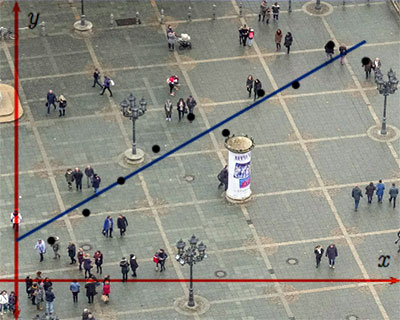
Description
This mini-project aims to demonstrate the process of building a prediction model that makes predictions, studies the trends of the output, expresses the uncertainty of that output, and expresses the uncertainty on individual measurements of a dataset.
Technologies
Python3, Pandas, Numpy, Seaborn, Matplotlib, Statsmodels
Overview
The project involves generating and using random numbers as training data to illustrate how such a model can be constructed and analyzed. Define Relationships by establishing a linear relationship between the input and output data. Also modeling the output behavior by visualizing how the model’s output behaves and changes with different inputs. Furthermore, estimating uncertainty by expressing the uncertainty of the model’s predictions and the uncertainty of individual measurements in the dataset.
Methodology
In this project, I use a simple linear model to represent the relationship between random input (𝑥) and output (𝑦). The linear model is given by the equation: 𝜇 = 𝛽0 + 𝛽1 * x. Here, 𝜇 is the predicted output, 𝛽0 is the intercept, and 𝛽1 is the slope of the line.
Steps:
- Specify True Coefficients: Define the true values of the intercept (𝛽0) and slope (𝛽1) of the linear model.
- Calculate Trend: For a given input value, calculate the trend or average output using the linear model.
- Generate Output Observations: Use a Gaussian random number generator to create output observations around the calculated trend, simulating real-world data with noise.
- Fit the Model: Use the generated data to fit a two-variable linear model, estimating the coefficients 𝛽0 and 𝛽1
- Analyze Trends: Study the trends of the output data and visualize the fitted model.
- Express Uncertainty: Quantify and express the uncertainty in the model’s predictions and individual measurements.
By following these steps, we can build a simple prediction model using linear regression, analyze the trends in the output, and express the uncertainty in the model’s predictions and individual measurements. This project serves as a foundation for understanding more complex prediction models and uncertainty quantification techniques.



